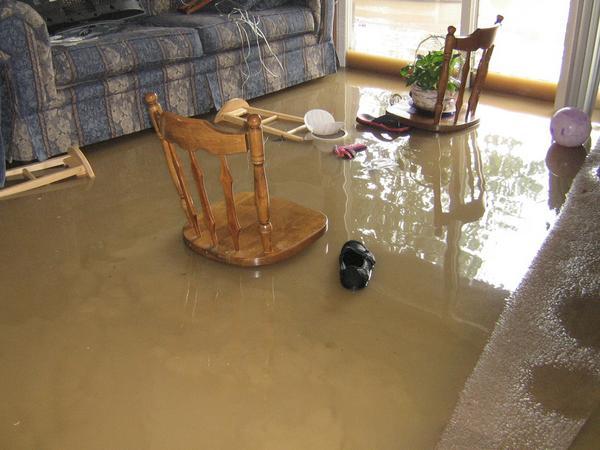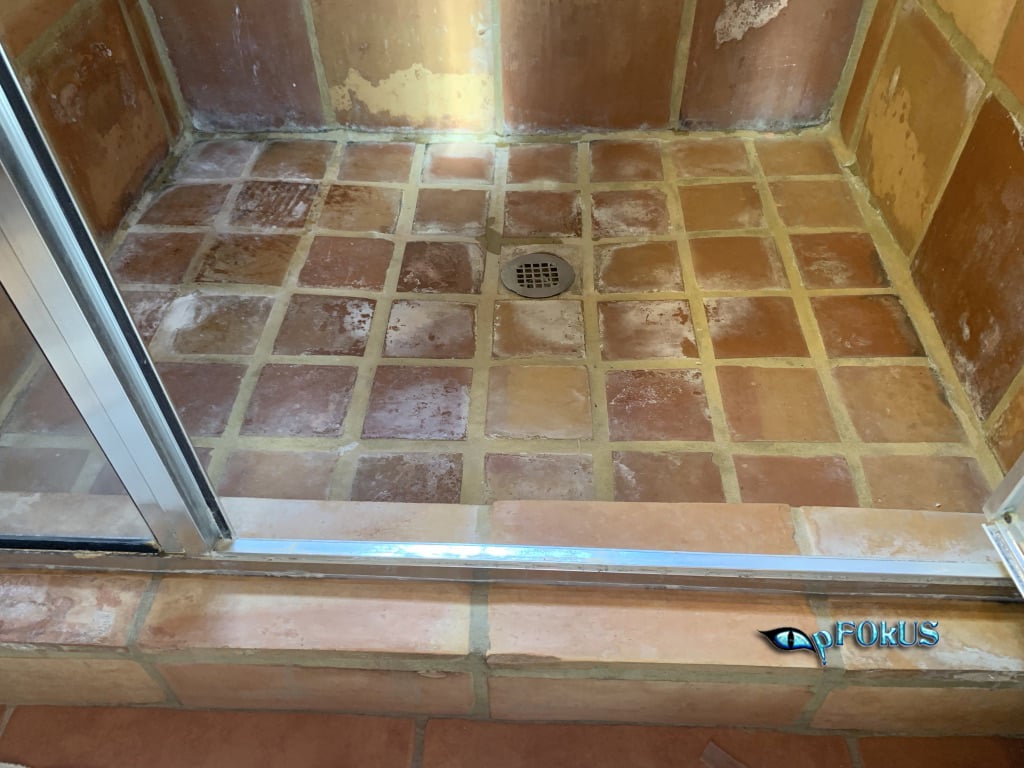Bathroom Water Damage - Ways To Prevent This Happening
Bathroom Water Damage - Ways To Prevent This Happening
Blog Article
This great article below involving Looking for Signs of Water Damage in the Bathroom is amazingly engaging. Don't miss it.

The shower room is extremely susceptible for wet accumulation as well as possible water damage because of the constant use of water in it. This short article supplies simple assessment strategies to help finding water damage risks.
The constant use water in the restroom makes it very at risk for moist accumulation and prospective water damage. By examining it frequently, you can decrease water associated problems.
The complying with collection of examinations is very easy to execute and also need to be done when in every three months in order to keep your restroom in good shape and to prevent potential water problems brought on by the bath tub, the shower, pipeline joints and also plumbing, sinks, closets, and also the commode
Do not disregard performing these examinations as well as be comprehensive while performing them. Remember that these easy inspections can conserve you a lot of cash by supplying early signs for water damage
Sinks as well as Cabinets
Sinks and closets are revealed to wetness and moisture everyday and are often forgotten. Check frequently under the sink and also on the counter top above it. Fix any type of drip in the trap as it might suggest drain troubles. Take a look around the sink, slow draining pipelines may indicate an obstructed drain. Change sink seals if they are split or loosened.
Tub and also Shower
The shower and also tub call for unique interest and upkeep. Inspect the tiles and also change if cracked. See to it that there is no missing grout in between the ceramic tiles. Inspect as well as replace split caulking at joints where the walls satisfy the flooring or the tub. Obstructed drains and also pipelines issues will certainly stop the bathtub from drying and also may show major troubles below the bath tub. Speak with a specialist instantly to stop structural damage. Take notice of discolorations or soft locations around the bathtub wall surfaces as they might indicate an interior leak.
Plumbing
Signs for water damage are tough to detect considering that most pipes are set up inside the wall surfaces.
Pay special focus to flooring and also wall surfaces moisture as well as discolorations as they may suggest an unseen plumbing problem. Inspect wetness degrees in adjoining spaces too.
The Commode
The toilet is a susceptible water junction. Examine the water lines and also search for leaks around the commode seat, in the tube, and also under the water container. If you spot any type of indications of dampness on the flooring around the commode, look for leakages in the toilet rim and storage tank seals.
Know that hanging bathroom dish antiperspirants increases the chances for clogs.
Water Damage Signs In The Bathroom To Avoid Cleanup
Musty smell
This is one of the easiest signs to catch because musty smells are so odorous. The damp, earthy, moldy smell should be a big red flag. The smell will develop when moisture gets trapped in surfaces, and begins to facilitate mold growth. Leaking pipes under cabinets, inside walls, and behind shower fixtures will cause moisture to stay trapped and not dry, which will lead to mold growth and spread. As soon as you notice any musty smells in your bathroom, have it checked for hidden water damage and cleanup signs.
Visible mold
If the smell isn’t there to give it away, sometimes you will actually see mold growth. Finding mold in your bathroom is a serious problem, because mold is very harmful to your health. By the time mold growth is visible, it also means that water damage has already occurred and been present for some time. The only way the mold problem can be resolved is to find the source of the moisture and get it stopped. To safely and adequately remove mold, you need to have professionals handle the remediation. Do not waste any time in getting mold problems addressed, fixed, and sanitized so that you can protect you and your family from the many respiratory symptoms caused by mold exposure.
Damaged floors
Bathroom floors should be able to withstand some exposure to water while still remaining in good condition. However, when excess exposure or water leaks occur, they will begin to damage even the most water-resistant flooring. If you notice any cracking, bubbling, staining, or warping on your bathroom floors, there is probably a water leak somewhere causing the distortion. If you notice areas of the floor have become softer, or even have a spongy feeling, there is probably damage to the subfloor. Subflooring is typically made up of plywood. When plywood is exposed to water or moisture, it will absorb it. Once it has become saturated, the weight of the excess water will cause the wood to swell and soften. Check the floors in your bathroom frequently to catch any of these sings before they lead to damaged subflooring.
Changes on walls
When water leaks behind walls, it will cause changes in the drywall. Peeling plaster, blistering paint, and soggy wallpaper are all good indicators that excess water is building up behind the wall. Water leaking behind drywall will cause it to swell and be soft to the tough. If you start to notice gaps along the trim of your walls, or where tile meets the wall, it could also be a strong indicator that there is a leak behind the wall. Any changes, distortion, or damage on the walls should be evaluated as soon as you notice it to prevent further water damage and cleanup.

As an avid person who reads on How to Repair and Prevent Bathroom Water Damage, I think sharing that blog post was a good thing. Sharing is good. Helping people is fun. I value reading our article about How to Fix a Water Damage Bathroom.
Book Inspection Report this page